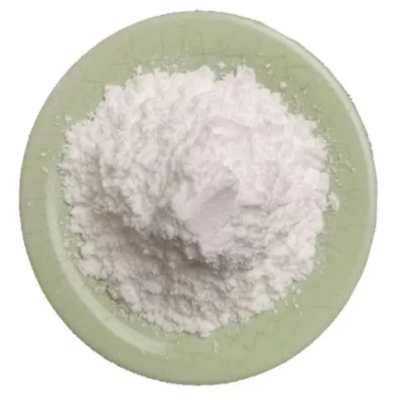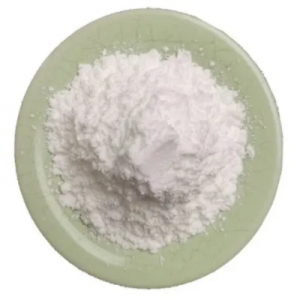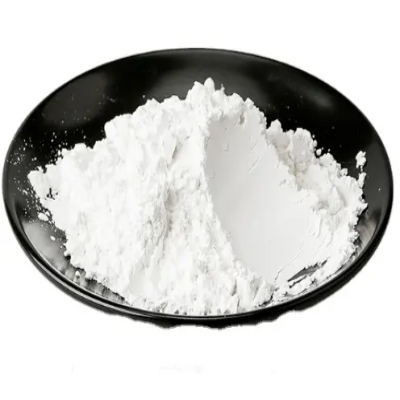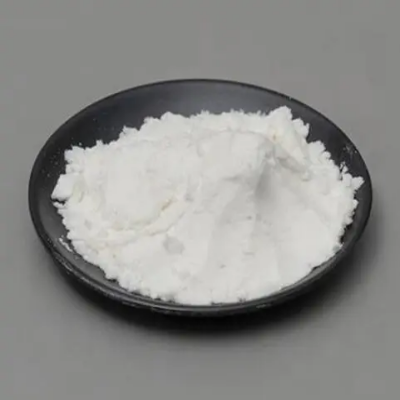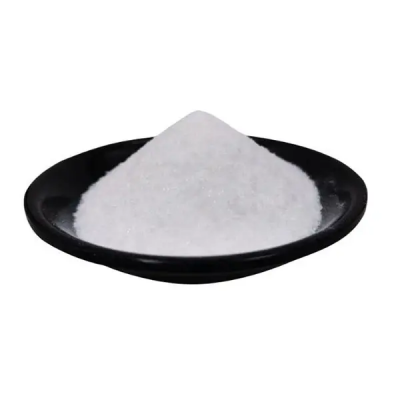POLY(ALLYLAMINE) CAS:30551-89-4
Poly(allylamine) finds extensive utilization in fields such as biomedicine, materials science, and surface modification. In biomedicine, it serves as a platform for drug delivery systems, gene therapy vectors, and tissue engineering scaffolds due to its biocompatibility and tunable properties. Its ability to interact with biological molecules makes it valuable in targeted drug delivery and diagnostic applications. Moreover, Poly(allylamine) is employed in materials science for its adhesive properties and as a coating agent to enhance surface functionality and adhesion. Its application extends to the modification of surfaces in biomedical devices, sensors, and membranes, where it improves biocompatibility, wettability, and performance. In surface modification, Poly(allylamine) is utilized for layer-by-layer assembly techniques to create functional coatings with tailored properties, such as antifouling, antimicrobial, and stimuli-responsive behavior. These coatings find application in biomedical implants, biosensors, and microfluidic devices, where precise control over surface properties is essential for performance and functionality. Overall, Poly(allylamine) plays a critical role in advancing biomedical technologies, materials science, and surface engineering, offering solutions for diverse applications ranging from drug delivery to surface functionalization, thereby contributing to innovation and progress in various industries.



| Composition | C3H7N |
| Assay | 99% |
| Appearance | white powder |
| CAS No. | 30551-89-4 |
| Packing | Small and bulk |
| Shelf Life | 2 years |
| Storage | Store in cool and dry area |
| Certification | ISO. |


